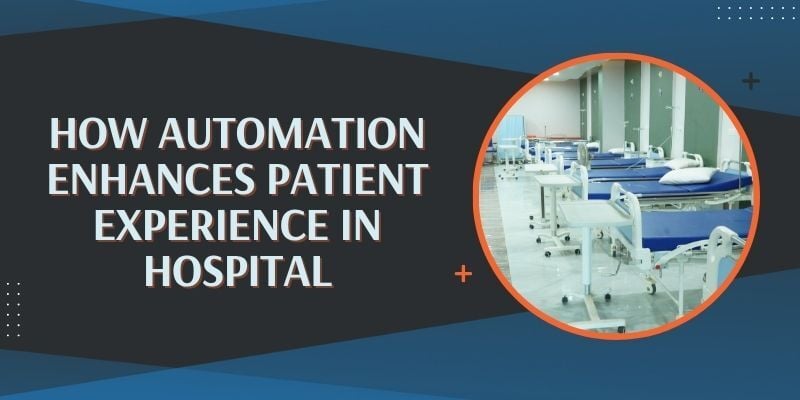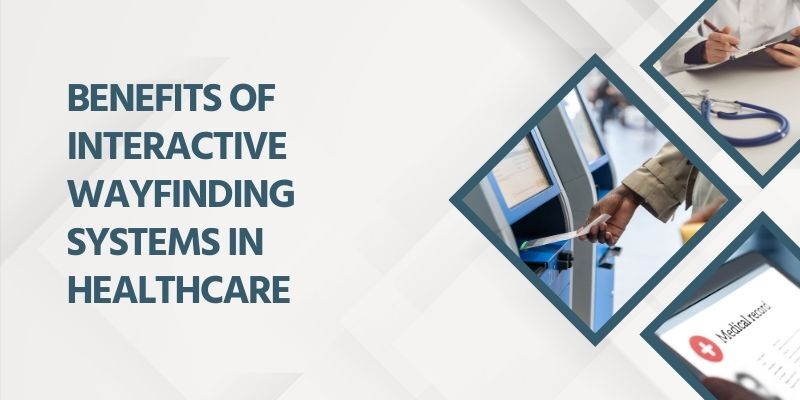Long wait times in healthcare settings can significantly impact patient satisfaction and overall healthcare outcomes. When patients experience extended wait times can lead to frustration, dissatisfaction, and even compromised health outcomes.
Therefore, understanding patient wait time analysis is essential for healthcare providers to detect bottlenecks, streamline processes, and improve patient experiences.
By analyzing patient wait times effectively, healthcare organizations can enhance efficiency, reduce delays, and ensure timely access to care.
In this article, we’ll explore the importance of patient wait time analysis and provide practical guidance on conducting such analysis to optimize healthcare delivery.
Key Takeaways
- Understand the importance of analysis for better healthcare.
- Gather data accurately across different stages of care.
- Select the appropriate timeframe for accurate insights.
- Use techniques like statistics and process mapping.
- Engage healthcare providers for frontline insights.
- Implement findings to enhance patient satisfaction and efficiency.
Importance Of Patient Wait Time Analysis
Patient waiting time analysis is crucial for healthcare providers to understand and manage. Long wait times lead to patient dissatisfaction and can impact healthcare results.
By analyzing patient wait times, healthcare facilities can identify areas of improvement in their processes. This analysis helps recognize blockages, improve resource division, and enhance efficiency.
Moreover, it enables healthcare providers to allocate resources more effectively, improving patient flow and reducing overcrowding.
Ultimately, patient wait time analysis allows healthcare organizations to deliver timely, high-quality care, improving patient satisfaction and health outcomes.
Understanding the importance of patient wait time analysis empowers healthcare providers to make informed decisions to enhance the overall patient experience.
7 Steps to Perform Patient Wait Time Analysis
To perform patient wait time analysis effectively, follow these simple steps. By following these steps, healthcare providers can optimize their processes and deliver timely patient care.
- Data Collection
- Timeframe Selection
- Data Analysis Techniques
- Identifying Bottlenecks and Delays
- Categorizing Patients Based on Appointment Types
- Using Predictive Analytics to Forecast Patient Flow
- Engaging Healthcare Providers in The Analysis Process
1. Data Collection

Inpatient wait time analysis and data collection are the foundation for optimizing healthcare efficiency. Here’s how to do it effectively:
- Gather Information: Collect data on wait times across various stages of patient care, from check-in to discharge.
- Methods of Collection: Utilize diverse methods such as electronic health records, manual observation, direct patient feedback, or patient surveys.
- Ensure Accuracy: Strive for accuracy and consistency in data collection to obtain reliable insights.
- Consider Demographics: Collect demographic information to understand how wait times vary among different patient groups.
By diligently gathering and organizing data, healthcare providers can identify patterns, bottlenecks, and areas for improvement in patient flow. This initial step is essential for conducting a thorough analysis and implementing directed steps to enhance the patient’s experience and overall healthcare efficiency.
2. Timeframe Selection
Inpatient wait time analysis selecting the timeframe is critical for obtaining accurate insights. Begin by determining the timeframe that aligns with your analysis goals and objectives.
Consider factors such as the volume of patient visits, peak hours, and operational constraints. For instance, you may choose to analyze wait times during specific shifts, days of the week, or seasons.
This allows you to capture variations in patient flow and identify potential bottlenecks more effectively.
- Peak Hours: Analyze peak-hour wait times to understand the busiest periods and address potential congestion.
- Seasonal Trends: Consider seasonal variations in patient demand to adjust resource allocation and staffing levels accordingly.
Additionally, ensure consistency in the timeframe selected across different stages of patient care to maintain uniformity in data collection. By selecting an appropriate timeframe, healthcare providers can effectively identify patterns, trends, and potential areas for improvement in patient flow.
3. Data Analysis Techniques
When looking at how to do patient wait time analysis, it’s essential to employ effective data analytics and number analysis techniques such as :
- Utilize descriptive statistics to quantify critical metrics such as average wait time, maximum wait time, and wait time distribution.
- Time series analysis helps identify trends and patterns in wait times over specific intervals, enabling the detection of recurring patterns or seasonal variations.
- Queueing theory provides a mathematical framework to model patient flow and predict wait times under different scenarios, aiding in resource allocation and capacity planning.
- Process mapping visually represents patient flow, highlighting areas of inefficiency or congestion and guiding targeted interventions.
By integrating these techniques, healthcare providers can comprehensively understand patient wait times and identify opportunities for improvement to enhance overall healthcare delivery and patient satisfaction.
4. Identifying Bottlenecks and Delays

When analyzing patient wait times, it’s essential to spot bottlenecks and delays, which are points where things slow down.
Various reasons like limited staff or inefficient processes could cause these. Identifying bottlenecks helps healthcare providers understand where patients are waiting for the longest so they can make improvements.
For instance, if patients wait a long time to see a doctor after check-in, it might mean there needs to be more doctors available. By finding these bottlenecks and figuring out why they happen, healthcare teams can make changes to speed things up.
This might involve adding more staff, improving scheduling, or changing tasks. Spotting and fixing bottlenecks ultimately helps patients get the care they need faster and makes the healthcare system work better for everyone.
5. Categorizing Patients Based on Appointment Types
Categorizing patients based on appointment types is a strategic approach that helps healthcare providers manage resources efficiently and streamline patient flow.
By classifying patients according to their appointment method, such as web appointments or WhatsApp appointments, healthcare facilities can tailor their services to meet specific needs and preferences.
For instance, patients who schedule appointments through web platforms may prefer digital communication and online tools for managing their healthcare needs.
On the other hand, those opting for WhatsApp appointments might seek more direct and informal communication channels.
Categorizing patients based on appointment types allows healthcare providers to allocate resources effectively.
For instance, if there is a surge in web appointments, clinics can allocate more staff to handle online inquiries and consultations, ensuring timely responses and reducing wait times for digital patients.
Additionally, categorizing patients based on appointment types enables healthcare facilities to track trends and patterns in patient preferences over time.
This data-driven approach helps forecast demand, optimize appointment scheduling, and improve patient experience.
6. Using Predictive Analytics to Forecast Patient Flow

Using predictive analytics to forecast patient flow involves analyzing past data to predict future patient arrivals, waiting times, and resource utilization patterns.
By employing sophisticated algorithms and statistical techniques, healthcare facilities can anticipate fluctuations in patient demand and plan accordingly to optimize efficiency and resource allocation.
Patient waiting time analysis is crucial in this process, providing valuable insights into historical wait times and identifying trends that can inform predictive models.
Predictive analytics can generate forecasts that help healthcare providers anticipate peak periods, allocate staff resources appropriately, and minimize patient wait times by analyzing time of day, day of the week, seasonal variations, and appointment types and implementing efficient queueing solutions.
This proactive approach enables healthcare facilities to manage patient flow better, reduce overcrowding, and improve overall patient satisfaction.
7. Engaging Healthcare Providers in The Analysis Process
Engaging healthcare providers and teaching them how to analyze patient wait times is essential for improving healthcare services. Involving them ensures that their valuable insights and frontline experiences are considered.
To engage healthcare providers effectively, explain the purpose and benefits of patient wait time analysis in simple terms. Please encourage them to share their observations and ideas about where bottlenecks and delays occur in patient flow.
Additionally, provide training and support on how to collect and analyze data related to patient wait times. This empowers them to actively participate in the analysis process and make informed decisions based on the findings.
Regular communication and feedback sessions help maintain engagement and foster a culture of continuous improvement. By involving healthcare providers in the analysis process, we can collectively identify areas for improvement and implement solutions to enhance patient satisfaction.
Final Words
In conclusion, learning how to analyze patient wait time is crucial for improving healthcare. By understanding where patients wait most, healthcare providers can make changes to help them get the care they need faster.
Patient wait time analysis helps clinics and hospitals determine what’s working well and what needs improvement. It’s like solving a puzzle to ensure everything runs smoothly and patients are happy.
By working together and using tools like data analysis, healthcare providers can improve the healthcare experience. So, whether it’s scheduling appointments online or using WhatsApp, analyzing wait times helps clinics and hospitals provide better care to patients.
BOOK A FREE DEMO





